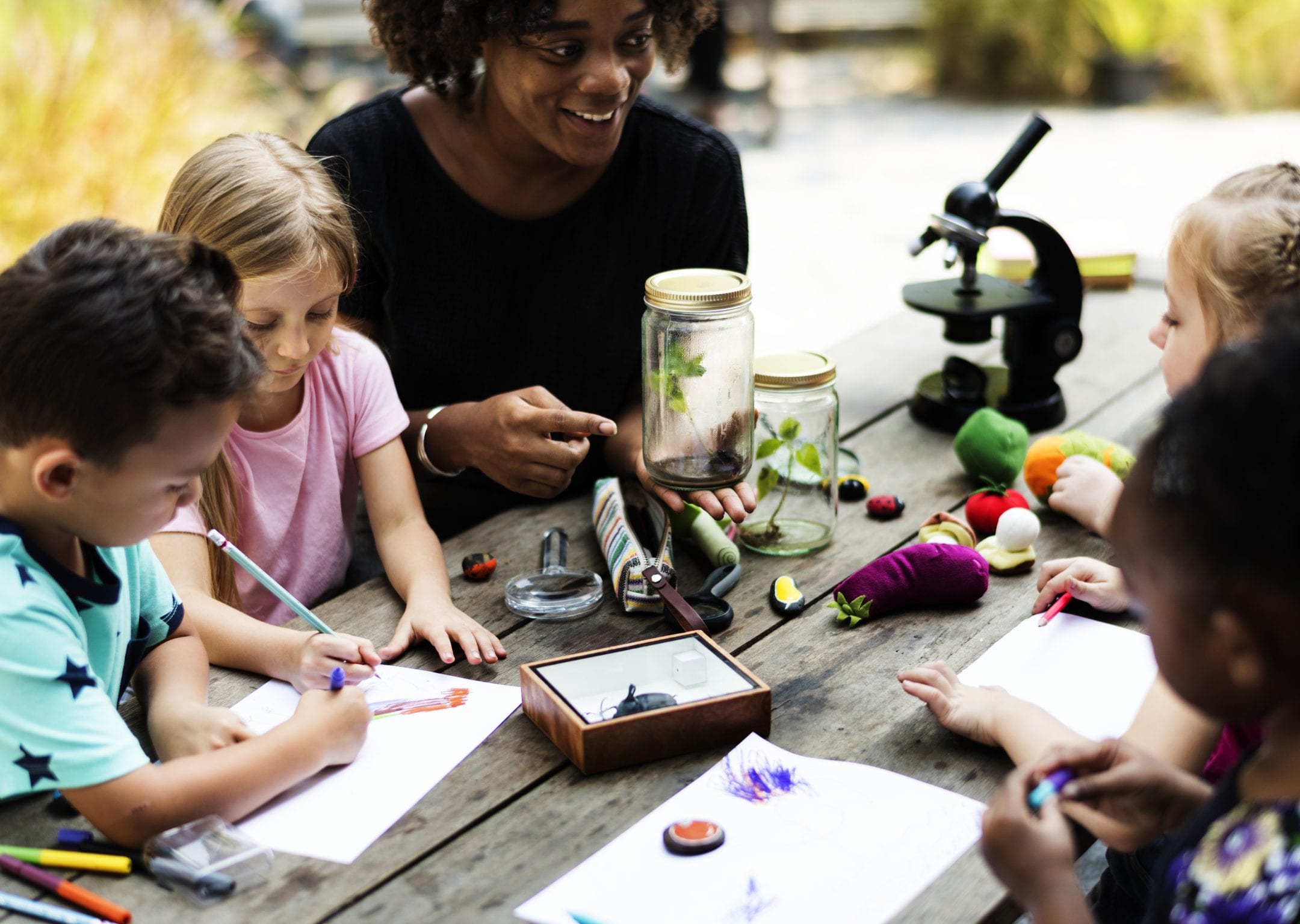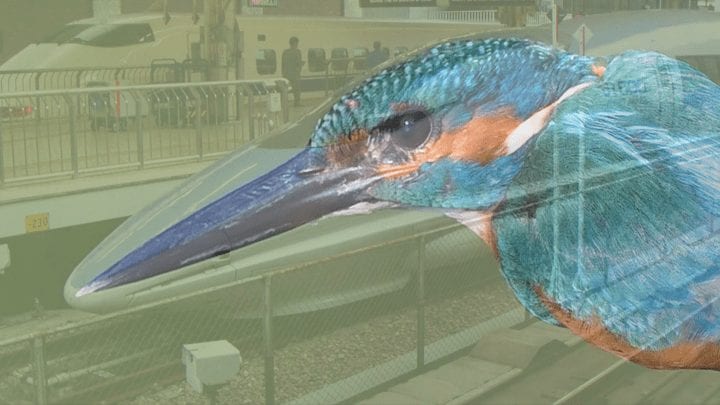This collection of activities provides hands-on methods for students in grades K-2 to explore the natural world, learn to make observations and think about natural and designed phenomena in new ways.
Introduction
Students in grades K-2 are full of wonder and driven by curiosity and new discoveries. They are full of questions, love to explore, and best understand concrete examples (vs. abstract models). This age group (and other age groups) should devote some focus to observing and describing natural phenomena and capturing both what they notice and what they wonder as they learn to investigate questions where qualitative or quantitative data is collected. Students should start to recognize systems and the components that interact within them. Students should also start to notice patterns and be able to describe them.
Even at the early ages of 5-8 students are beginning to identify problems and design solutions. Working through the steps of the engineering design process with this age group promotes teamwork, the acceptance of the ideas of others, and the ability to provide feedback constructively.
Relevant Standards
Some and engineering design related concepts and skills that K-2 students are specifically focused on through the Disciplinary Core Ideas (DCIs), Science and Engineering Practices (SEPs) and Crosscutting Concepts of the Next Generation Science Standards are paraphrased below. To read more about the standards and three dimensions, please click on the links.
K-2 Engineering Design Concepts (NGSS K-2-ETS1)
- Ask questions about and make observations of the natural world
- Define problems to be solved
- Analyze data from tests
- Convey designs through sketches, drawings or physical models
- Compare and test designs
- Recognize that an object’s structure is related to its function
Kindergarten Concepts (NGSS K-PS3-2)
- Design and build a structure to that will reduce the warming effects of sunlight on an area
- Design solutions to problems
- Identify cause and effect relationships
1st Grade Concepts (NGSS 1-LS1-1)
- Explore the relationship between structure and function of external animal and plant parts
- Recognize that humans use their knowledge of the natural world to design products
- Design solutions to human problems by mimicking natural structures
2nd Grade Concepts (NGSS 2-LS2-2)
- Explore the relationship between how structure and function
- Develop models
- Study animal and plant structures related to seed dispersal and pollination
- Use models as part of the engineering design process
Nature Trust Walk
This hands-on activity gets students “in touch” with nature, and exploring the external features of plants and trees (1-LS1-1, LS1.A). It is part of the free Five Minute Field Trips Curriculum (page 4) which can be downloaded below. This activity encourages students to use senses other than their eyes for observation. While completing this activity, ask students to think about the structures they are touching, and use descriptive terms to explain them to each other. They can also talk to their partner about the function of the tree or plant part, and think about how the structure and function are related.
If you cannot take students outside, you can do a similar activity indoors with a selection of plant materials, or other natural objects, that students can safely handle while blindfolded. The Biomimicry Institute’s “Seeing” Function activity offers ideas for facilitation.
Investigating Pill Bug Structures
After students have spent time engaged with plant structures in a new way, have them explore animal structures and their functions. An easy type of animal for students to observe is insects.
Depending upon the time of year, these are readily available right outside your door, or pill bugs can be ordered relatively inexpensively from a variety of companies. Live animals of any kind bring unparalleled excitement to the classroom!
The lesson Investigating Pill Bug Structures specifically focuses on the structure and function of pill bugs’ features. It appears in the column, “Teaching Through Trade Books,” published by the National Science Teaching Association (NSTA) in the journal Science & Children and requires a small monetary investment ($1.29) for nonmembers. The activity addresses English/Language Arts by incorporating the children’s book Pill Bugs, by Monica Hughes. Bugs R Us, a similar activity from the Five Minute Field Trip curriculum discussed above (page 32), offers a completely free option.
Ask Nature Nugget: “How do pangolins protect themselves?”
To help provide additional examples and explanations about how plant and animal structures and functions can inspire human solutions, share with students one or more examples of videos from AskNature Nuggets. These 1.5 minute videos showcase links between nature and design. The Pangolin is a great place to start since it has external body structures with similar function to a pill bug.
The Purpose of Parts
Another activity from the National Science Teachers Association, The Purpose of Parts ($1.29) provides a fantastic cross curricular explanatory activity that utilizes children’s trade books and real phenomena (in this case feathers) to help students learn about biomimicry. Students observe real feathers and learn how different kinds of feathers can serve different functions on the same bird. They then explore parts of other animals or plants and think about how the parts they observe could inspire a design to solve a human problem. Finally, they research actual designs inspired by nature. AskNature is a fantastic resource to help students identify organisms whose parts have inspired innovations.








